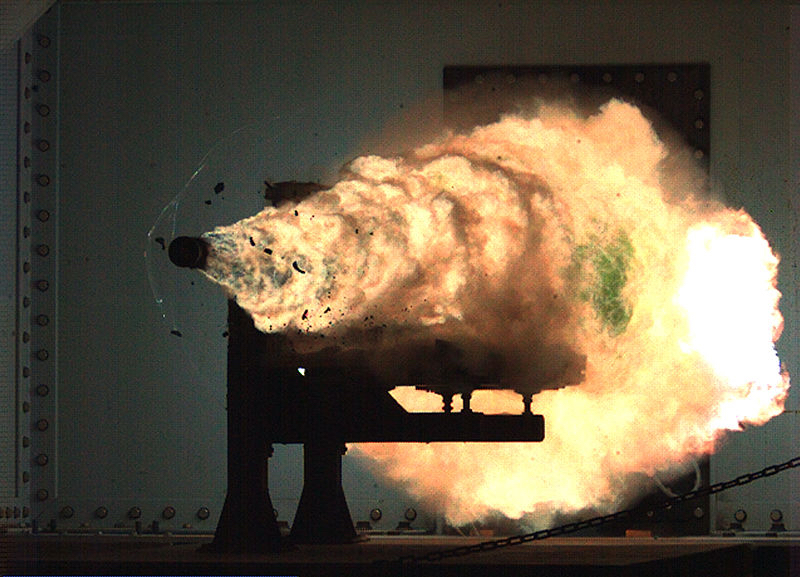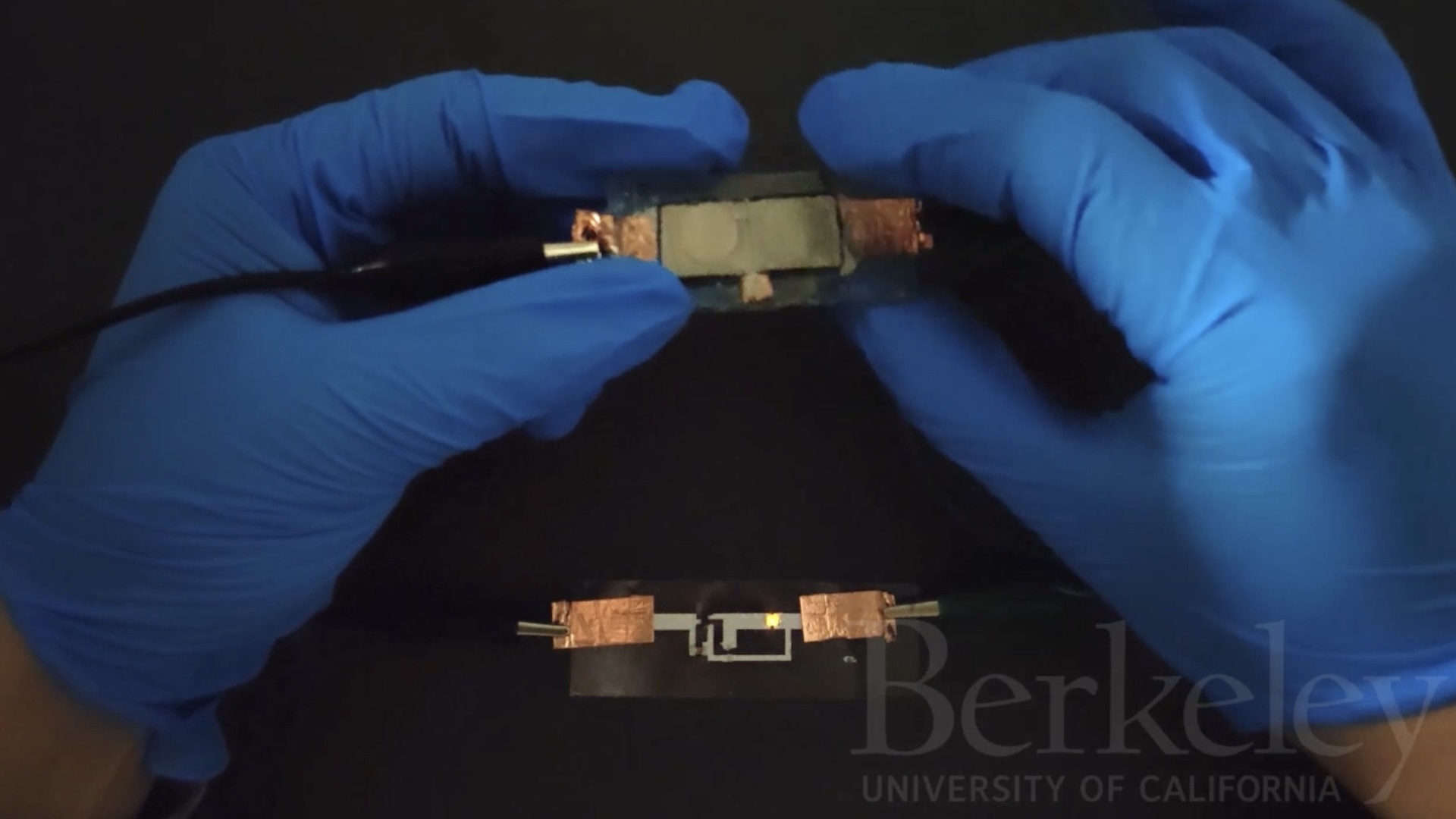China May Have Put a Working Electromagnetic Gun on a Warship. Is This a Big Deal?

China appears to have beaten the U.S. in the race to mount a rail gun on a battleship, as Popular Mechanics reported Dec. 31.
Does it matter?
Sort of. Maybe. Rail guns are devices that use electromagnetism to hurl projectiles over long distances, speeding them on much faster than gunpowder-based weapons of similar size. They're useful if you want to kill a lot of people far away from you before they have time to detect that you shot at them. They're particularly useful for naval warfare, where most of the killing is accomplished by destroying the big death machine your enemy is riding around in before your enemy can destroy your big death machine.
Or, they would be particularly useful for that, except that it's quite difficult to get them to work.
Rail guns, as reported in August by USNI News (published by the nonprofit U.S. Naval Institute), require very-large-capacity batteries; in addition, their barrels tend to fall apart. The U.S. hasn't yet managed to make one with a battery small enough or a barrel sturdy enough for it to be installed on a warship — though it has been trying for more than a decade. [7 Technologies That Transformed Warfare]
The Chinese navy, it seems, has beaten the U.S. to the punch (though as Popular Mechanics noted, it's not actually clear whether the Chinese rail gun works). According to news reports, a Chinese naval ship called Haiyang Shan sporting a seeming rail gun on its bow, was spotted leaving the Yangtze River for testing in the Pacific. This is, on a certain level, a big deal, because both countries' giant seaborne killing machines have been menacing one another in the South China Sea lately.
On the other hand, given that both countries are nuclear superpowers, it's hard to imagine that the outcome of a war between them would be decided by the types of guns that fired the first shots.
Sign up for the Live Science daily newsletter now
Get the world’s most fascinating discoveries delivered straight to your inbox.
- The 22 Weirdest Military Weapons
- Flying Saucers to Mind Control: 22 Declassified Military & CIA Secrets
- 10 Epic Battles that Changed History
Originally published on Live Science.











